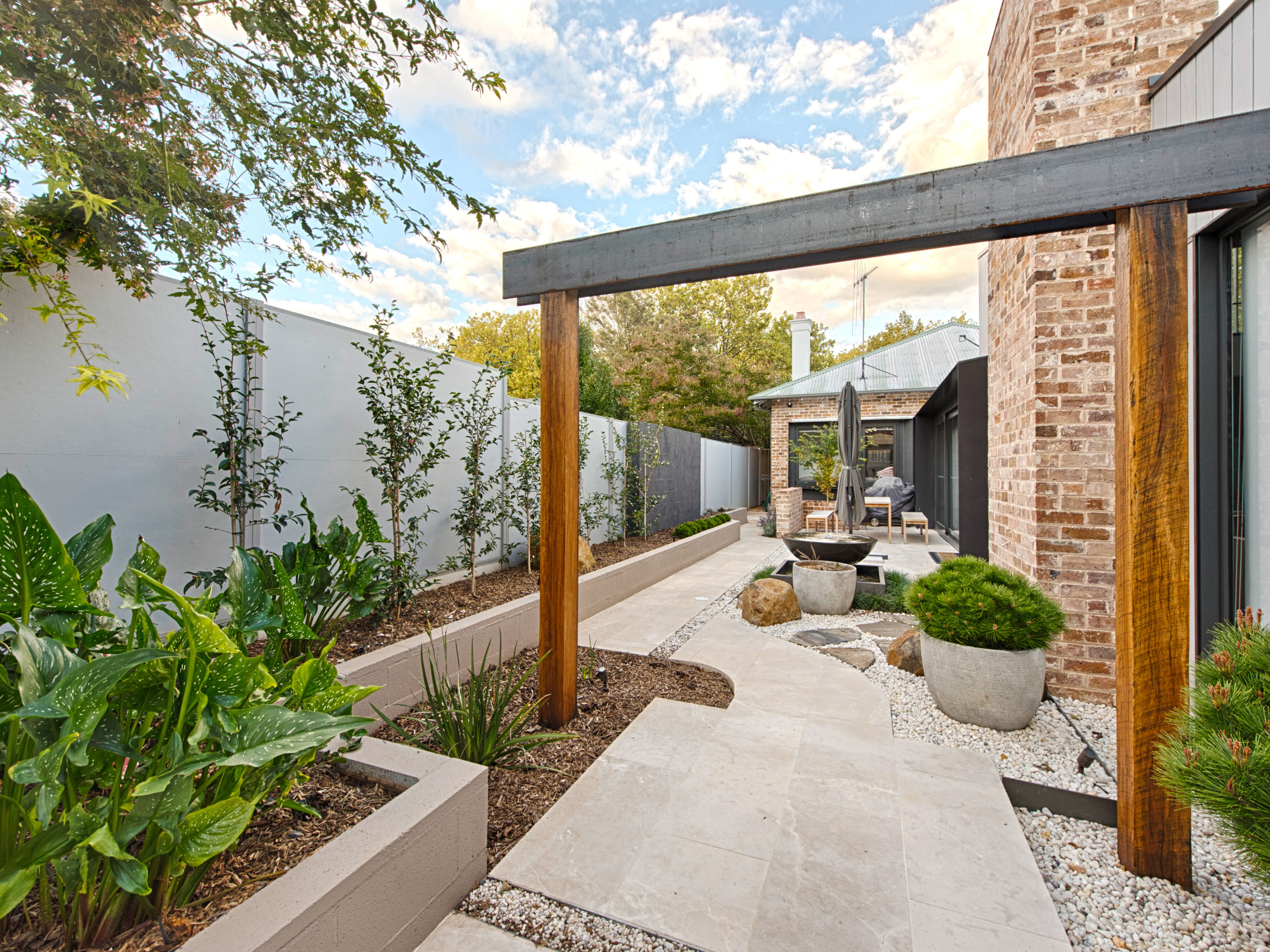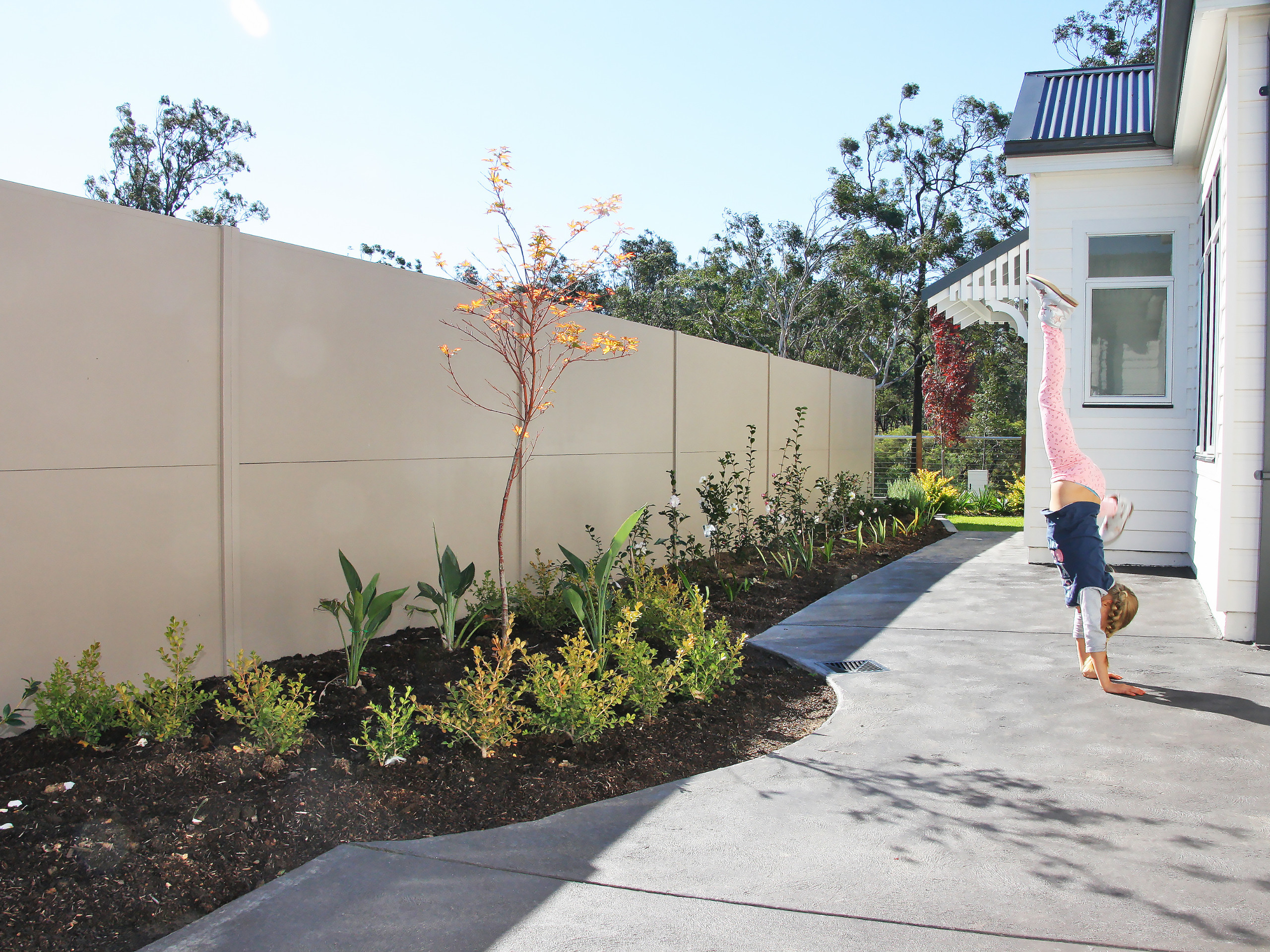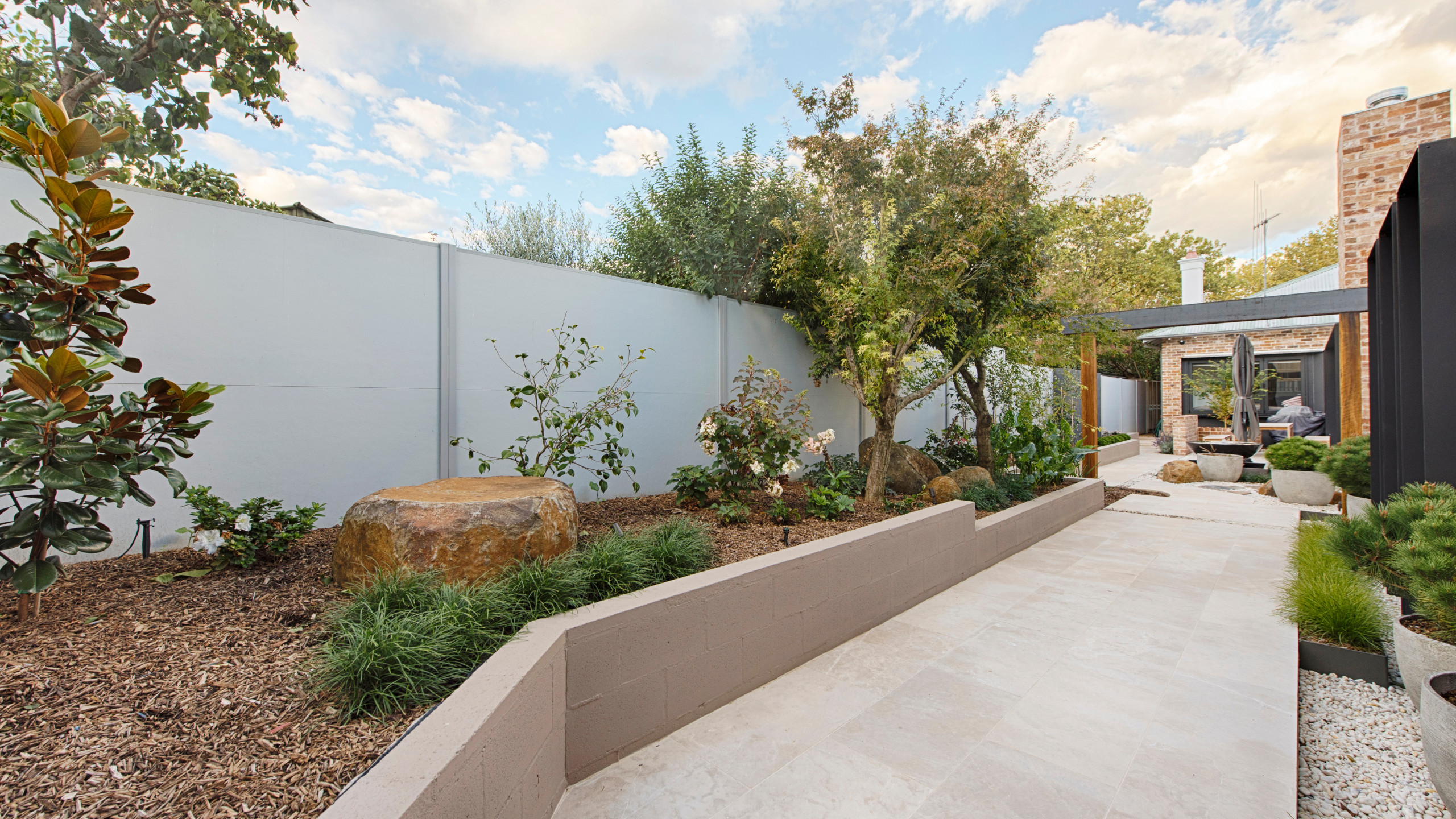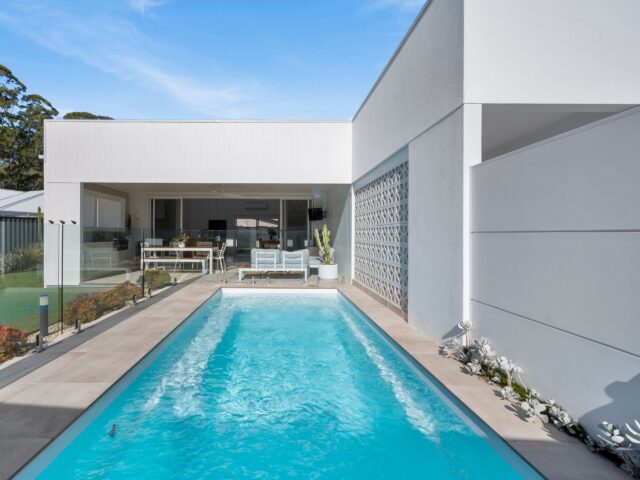What is the key to a happier, healthier and more productive existence? It’s the million-dollar question we all continue to ask, year in year out. Perhaps the answer lies in better relationships, more money, greater career prospects, reduced workload or more holidays. Surprisingly, part of the answer may also be found directly outside your four walls in the private sanctuary of your garden.
This is because spending time in nature helps to improve mood, decrease stress levels, and alleviate mental fatigue. As reported in the Journal of Aging Health, 2008, older adults who spend more time outdoors experience less pain, sleep better and have less functional decline in their ability to carry out daily activities.
Interestingly, children with Attention Deficit Hyperactivity Disorder scored higher on a test of concentration after a walk through a park than through a residential neighbourhood or downtown area, as reported in the Journal of Attention Disorders in 2008. The science is out and clearly, greener is better.
But beyond the simple presence of greenery, the unique ways in which a garden is configured can greatly influence our state of mind. An orderly backyard creates a sense of calm amongst onlookers, whereas a colourful, flowering garden will energise those who choose to inhabit your private natural reserve.
By paying close attention to the colour scheme, shape, layout, repetition and ‘feng shui’ of your yard, you can create the atmosphere that your heart desires.
Create a calming effect
Fairly structured and uncluttered backyards evoke a sense of calm. Simple and pure in style, traditional Japanese Zen spaces allow the mind to unwind and relax. With white sand raked into soothing patterns that mimic waves of the tranquil sea and a few smooth rocks to represent islands, it’s no wonder we feel calmer after inhabiting a Zen garden.


Garden designs that alleviate stress permeate other cultures too. In the Netherlands, for instance, designing home gardens as a peaceful place to unwind has been termed “geo-sense” gardening. The concept emphasises proper use of colours, with specific, relaxing qualities in mind.
For this reason, therapeutic gardens that calm the mind and heal the body have been incorporated into hospitals, assisted living residences and nursing homes across Eastern and Western settings. The minimalistic style and simple choice of greenery at Scottsdale Healthcare Thompson Peak Hospital Healing Garden in Arizona, for example, creates a contemplative and healing atmosphere.
Interwoven paths, hummingbird and butterfly gardens are visible from many patient rooms, lobby walls and doors. According to the pioneering research conducted by Dr Roger Ulrich, the healing power of nature has been found to decrease stress levels, lower blood pressure and quicken the rate of recovery from illness.
The principles of Zen
By incorporating some of the following stress-reducing principles of Zen, “geo-sense” and healing gardens, soon you will be resting in a calming oasis of backyard bliss.
- Include greens, blues and violets. They are much more soothing than warmer hues like reds, oranges and yellows. Brighter tones may be used to accentuate a particular aspect in your garden, but for a garden designed to quieten the mind, the focus should generally be kept on cooler, calming tones.
- Keep stimulation to a minimum. An abundance of overpowering features, such as many colourful, fragrant flowers, may overwhelm the senses and prevent you from experiencing a sense of peace in your backyard. Introducing numerous conflicting sounds such as the trickling of water stemming from a fountain, in addition to a bird bath, can have a similarly negative effect.
- Avoid abrupt changes in colour, texture, height and other design principles. For example, planting big trees next to little ones, and blues next to yellows will awaken the senses and deviate from the calming abode you are trying to create. Instead, opt for subtler changes that are gentler on the senses. Plants of a more uniform height, colours that complement one another such as blues and greens, are preferable for a calming atmosphere.
- It is best to keep variation of plants to a minimum. Instead, plant just one or two different types of trees in mass. As Russell Page, one of the great twentieth century landscape designers once said, “the most striking and satisfying visual pleasure comes from the repetition of the massing of one simple element. Imagine the Parthenon with each column a different kind of marble!” By following Zen principles, peace can be attained from keeping things simple.
- Creating a few garden spots in which one can sit and ponder is also an effective means by which to cultivate a tranquil setting, particularly if there is a key structural element in to focus on – such as a fountain, large tree, or a bird bath.
- Incorporate horizontal lines into your garden by creating a uniform height for plants or a trimmed hedge. We tend to experience a sense of calm when glancing at the horizon of the ocean and horizontal lines suggest rest, relaxation, and a harmonious relationship with the earth.
- Surround your garden space with an acoustic barrier, particularly if you reside in a busy city district. A wall of greenery such as a hedge, or a modular wall, will provide a visual and sound barrier, helping to block out intrusive noises from the outdoors.
- Invest in the wondrous healing properties of water by adding a fountain to your garden will help to reduce stress levels and relax the mind. According to marine biologist Wallace J. Nichols, being in close proximity to water can induce “a mildly meditative state characterised by calm, peacefulness, unity and a sense of general happiness and satisfaction with life in the moment.” Such a meditative state can influence health outcomes too. Professor Michael Depledge, founder of the European Centre for Environment and Human Health, found that health correlates with proximity to water. Individuals living closer to the English coastline scored higher on measures of health. With these promising findings in mind, consider adding a water fountain, rain chain or perhaps a pond to your garden abode.
Energise and invigorate the senses
Are you looking to create a garden space that excites, energises and stimulates the senses? Perhaps even one that gets your creative juices flowing? Then consider designing a visually appealing garden that accounts for the five senses of sight, sound, touch, taste and smell.


- Sight: Make the overall garden visually stimulating by opting for an array of plants, flowers, shrubbery and trees. Gardens that feature bold, saturated colours such as reds, yellows and oranges, create a striking effect. A study published in the Personality and Social Psychology Bulletin in 2012 found that individuals exposed to a green stimulus before completing a task were more imaginative in their answers than those exposed to a white stimulus. Dr Stephanie Lichtenfeld, an assistant professor of psychology at Ludwig-Maximillians-University in Munich, explains that this “green effect” may occur due to the association of green with growth. Viewing green may encourage the generation of fresh ideas, which can lead to progress and improvement. It’s no wonder, then, that so many creative geniuses, ranging from Monet and Manet to Van Gogh and Pissarro, adored painting in natural settings.
- Sound: Pleasant sounds such as the chirping of birds, or the trickling of water, will help to create an interesting and blissful backyard experience. Certain native trees, such as Eucalyptus species, banksias and wattles, attract birds and other wildlife. Planting such native trees in your garden will be a cost effective solution. Other options include adding a water feature such as a fountain or a copper tub fitted with a recirculation pump to spark interest and variety in your garden setting.
- Touch: Incorporating an array of tactile sensations will energise the mind and body. Pebbles, succulents and soft surfaced leaves feel different to touch, helping you to build an interesting sensory paradise. Consider adding aloe vera plants for their fleshy leaves, sharp teethed edges and gel that soothes and moisturises the skin.
- Taste: Lemons, strawberries, baby carrots or cherry tomatoes can be picked and eaten on the spot.
- Smell: The sweet scent of fragrant frangipanis, jasmines, lavenders or roses, will create a perfumed paradise.
Improve your Mood and Relationships
It’s an admirable quality to look for the good within; ‘it’s not what’s on the outside, but what’s on the inside that counts’. Yet when it comes to selecting plants for your garden, a little superficiality can go a long way. Natural beauty profoundly affects our mood and relationships.
According to behavioural research (conducted by Harvard University and Massachusetts General Hospital in 2006), participants who looked at flowers in the morning felt happier, less anxious and more energetic throughout the day. Choose flowers that bloom brightly and open completely, such as lilies, gerberas, hibiscuses and hydrangeas.
Not only are flowers potent mood elevators, they also have the ability to foster stronger social connections. A study conducted at The State University of New Jersey revealed that the presence of flowers leads to increased contact with family and friends. Upon receiving flowers, participants smiled with true enjoyment.
They were also more likely to initiate conversation with strangers, compared to other subjects who received pens. Viewing flowers gives rise to positive social behaviours; stronger friendships and family ties can be established with the addition of flowers in your backyard.
If you’re feeling flat, down, stressed or bored, immerse yourself in the right type of garden. Depending on the sort of atmosphere you love, there are simple steps you can take to shape your mental state.
Opt for cool colours that soothe the mind to create a calming oasis and harmonious landscape. But if you want to experience a ‘buzz’ in the mornings, try a vibrant flowering garden before that espresso. Tinkering with the style of your yard can produce incredible results for both your physical surroundings and your mental state.



